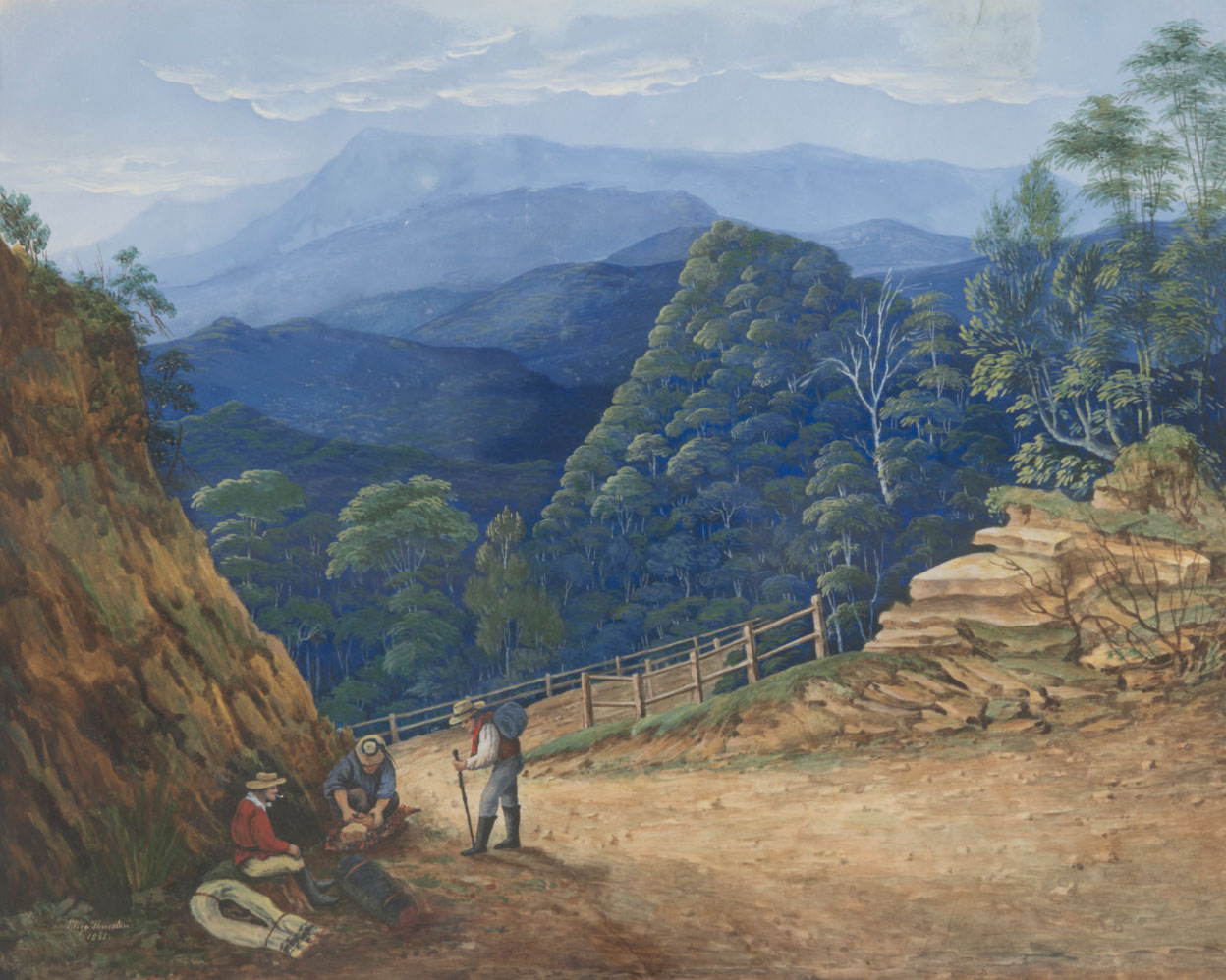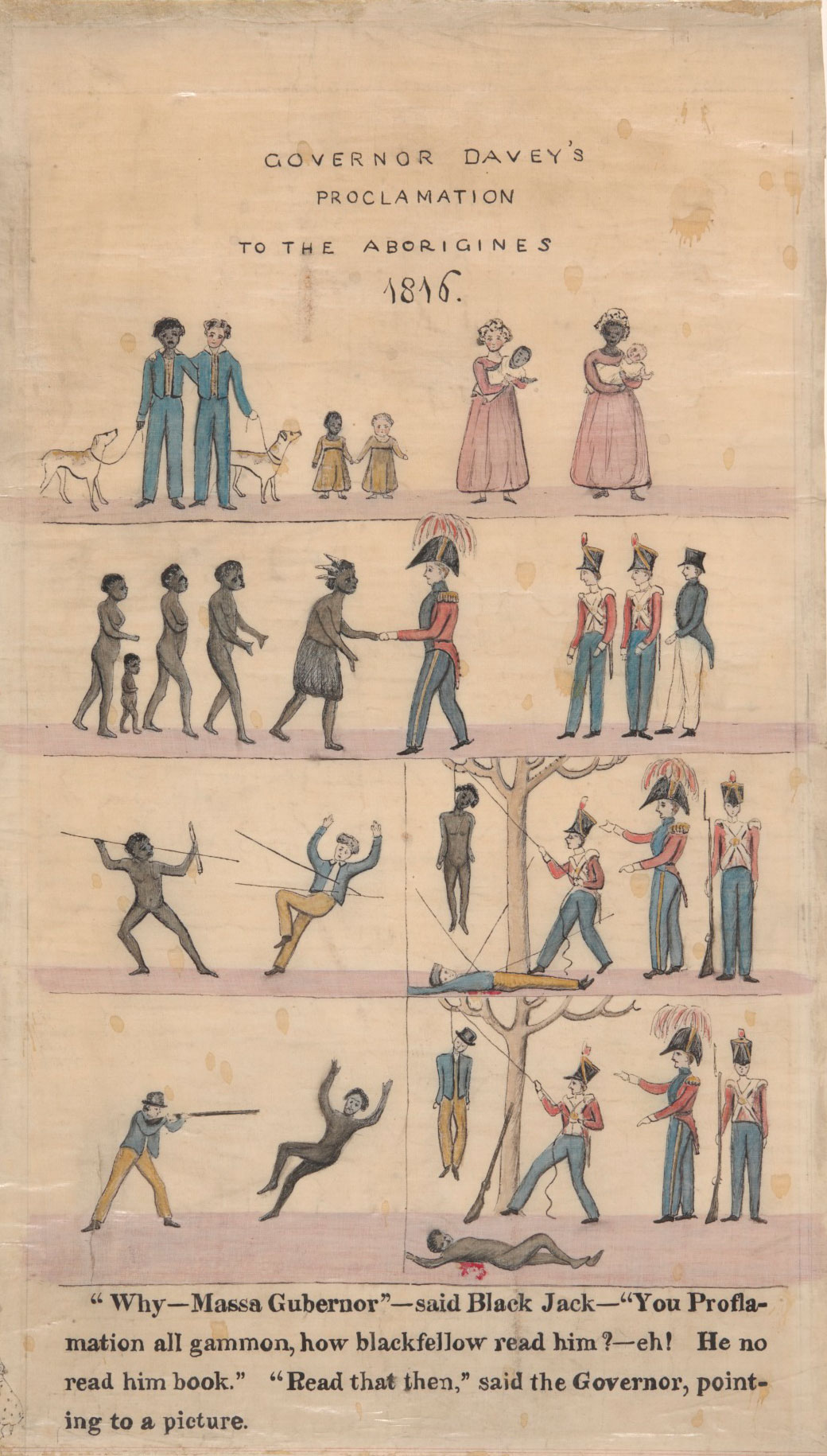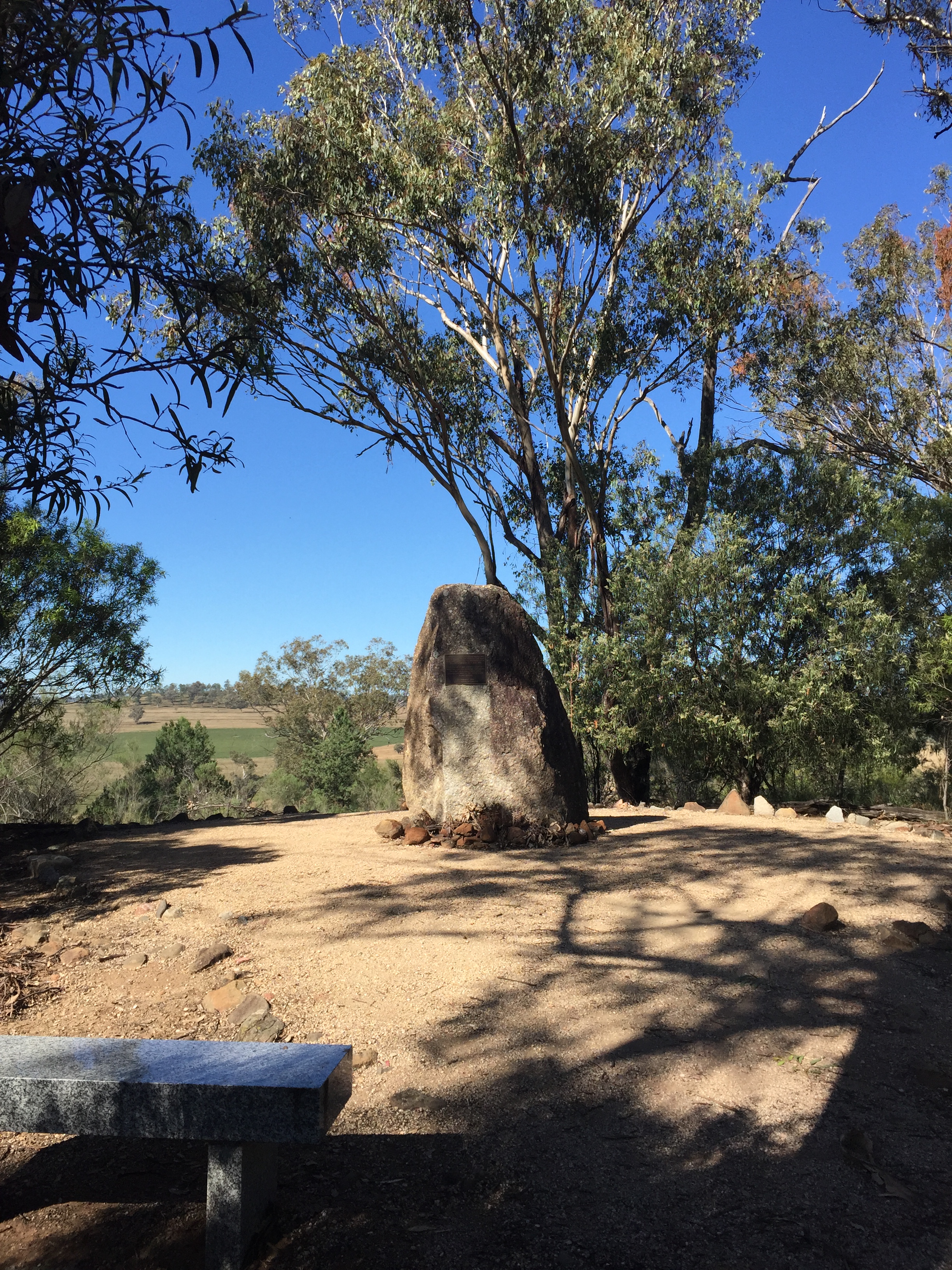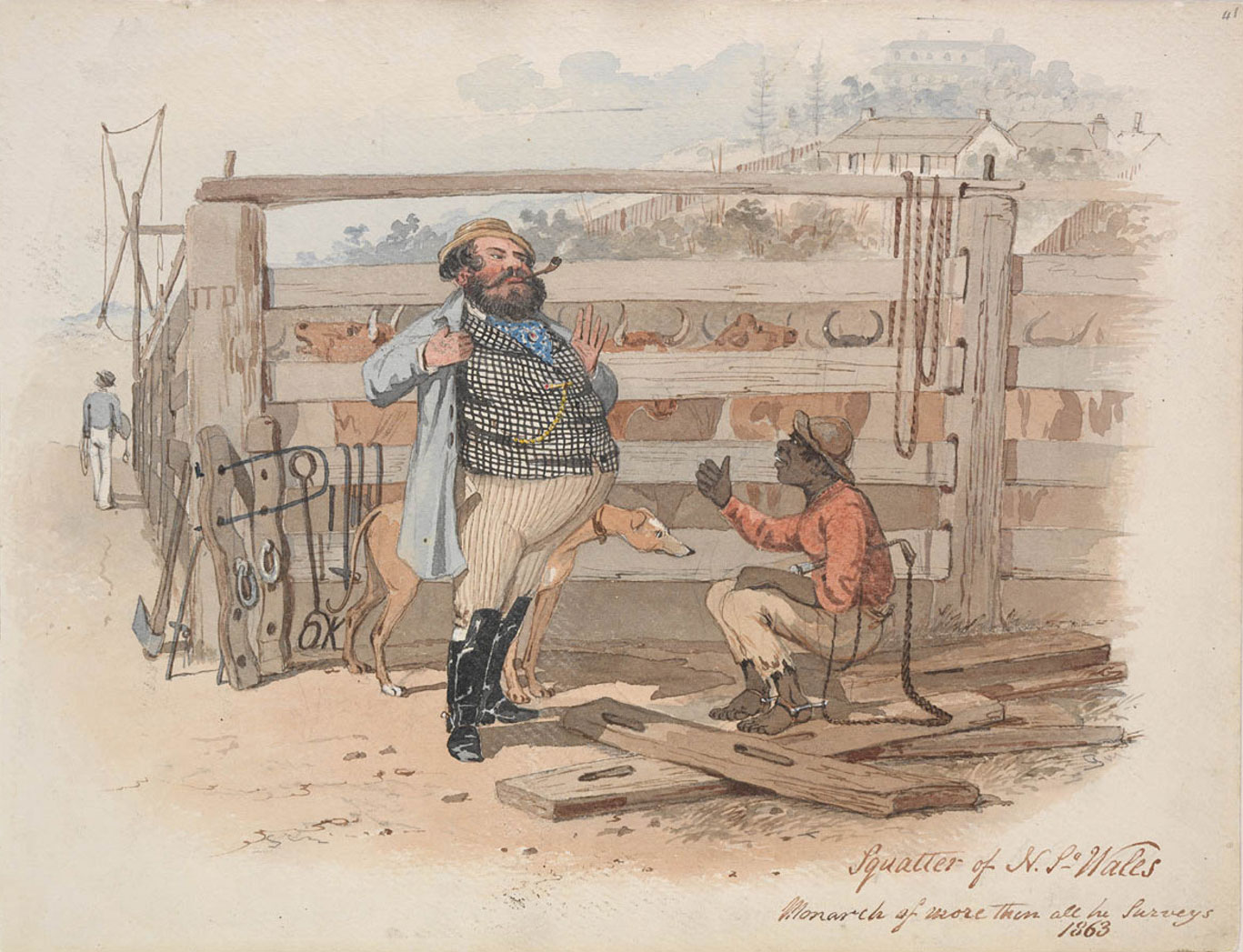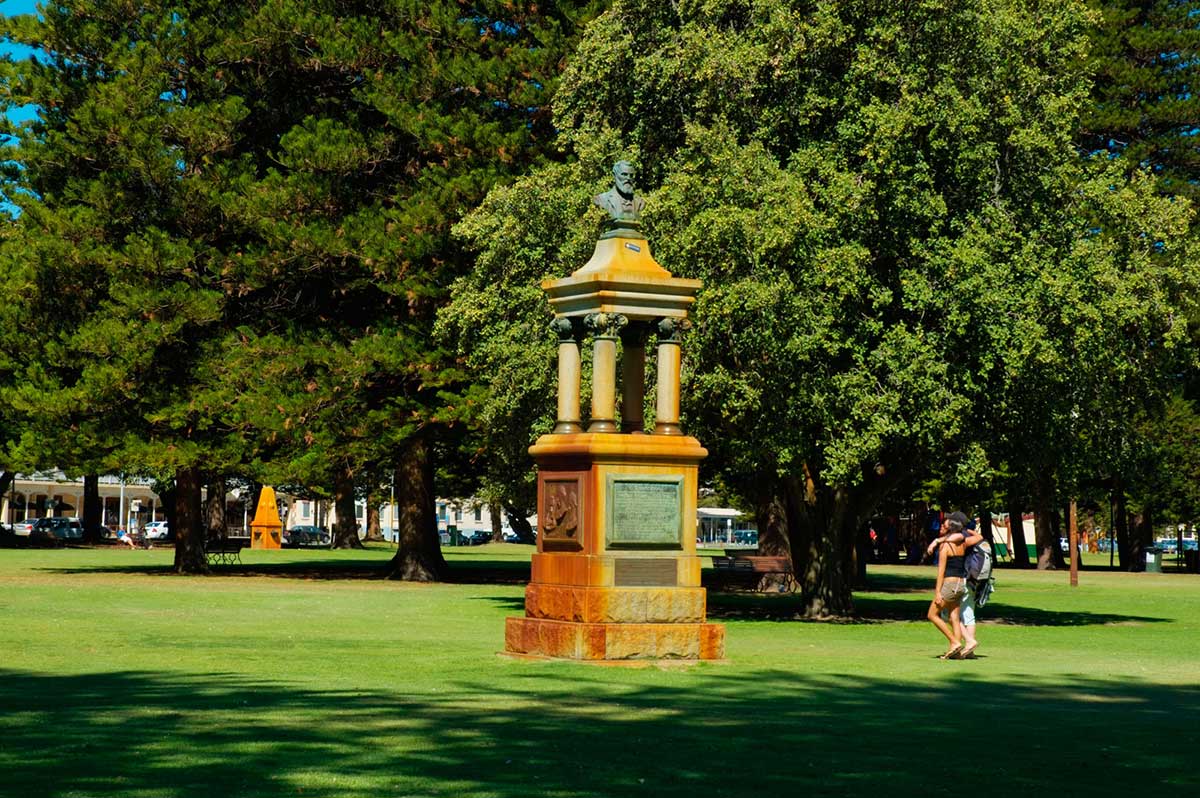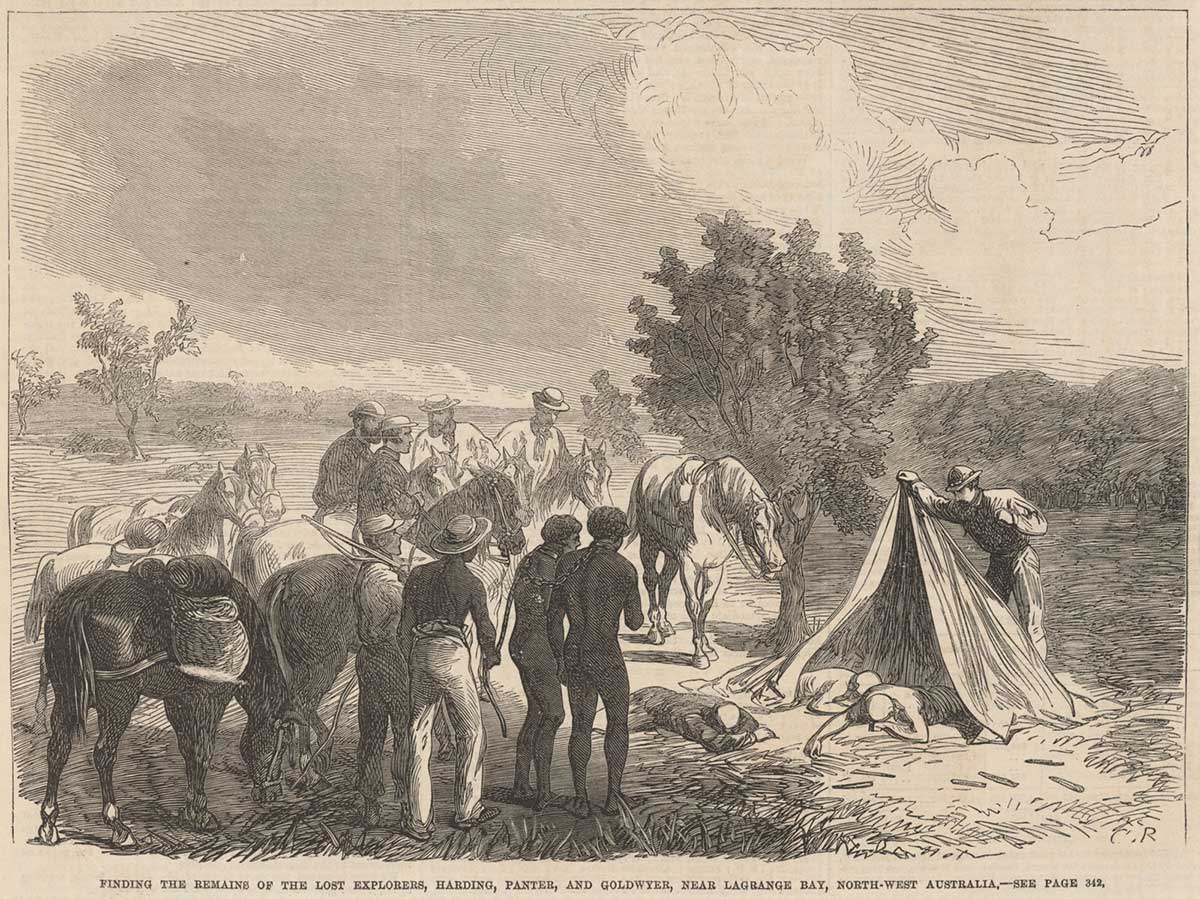Learning module:
Making a nation Defining Moments, 1750–1901
Investigation 1: Contact and conflict
1.4 1838 Massacre at Myall Creek
| WARNING: This page contains some difficult and potentially distressing content |
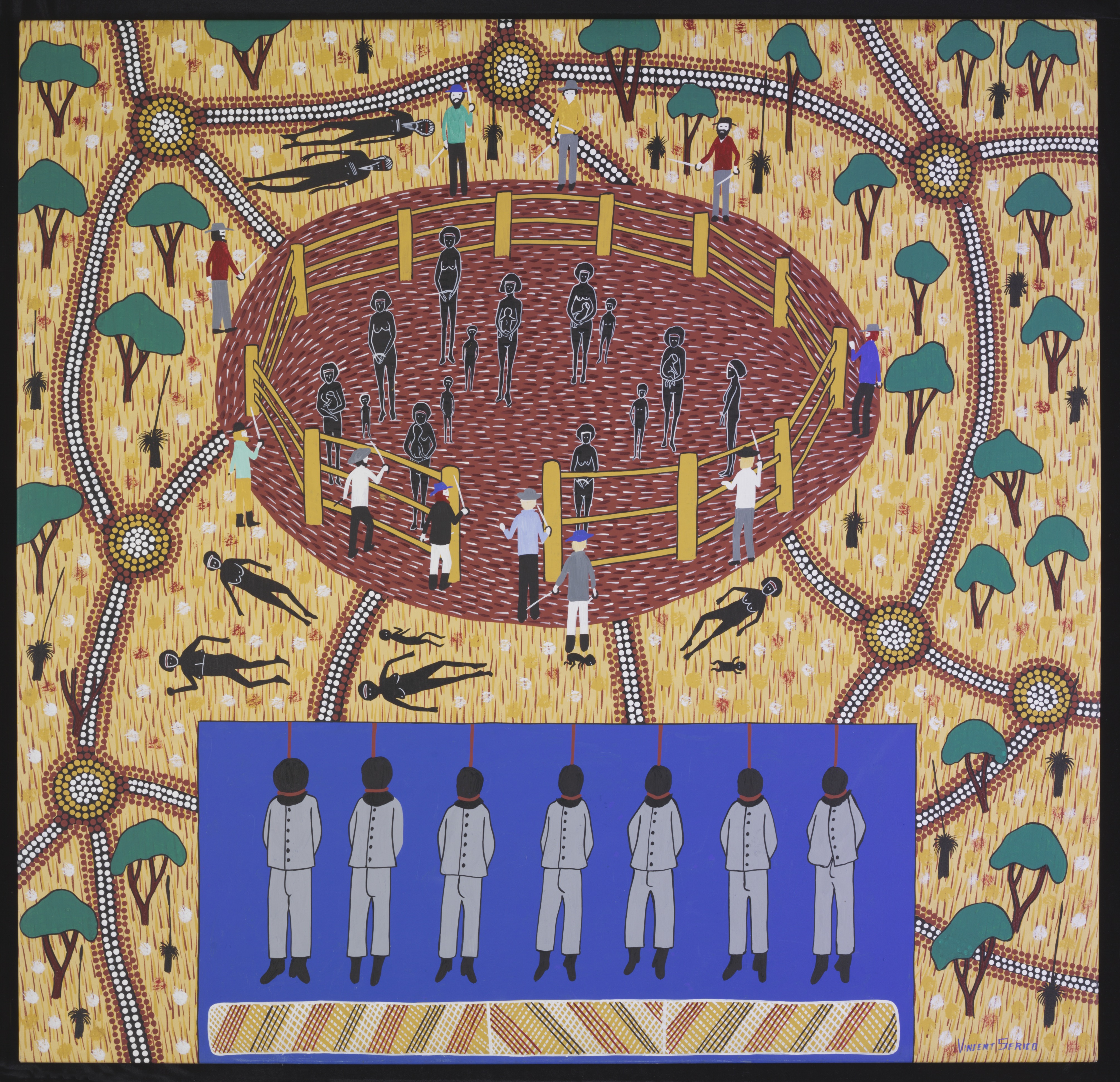
In parts of Australia the local Aboriginal people and the invaders sometimes learned how to live and cooperate with one another. But was this cooperation based on Aboriginal people being treated as equal citizens under the law? An incident in 1838 at Myall Creek, in New South Wales, can help us to think about this important question.
Read the Defining Moment in Australian history: 1838 Myall Creek massacre, New South Wales. Use that information to answer these questions.
1. What was the state of frontier conflict in north-eastern New South Wales by the 1830s? Explain your answer.
2. What happened to Wirrayaraay people camped on Henry Dangar’s property at Myall Creek in 1838?
3. Most violence against Aboriginal people was not investigated. Why was this crime investigated?
4. Why were there two trials and what was the reaction of the local people following the second trial?
5. What happened to the accusers and the accused? Do you think justice was done in this case?
6. What is the importance of the memorial that is now on this site? Explain your answer.
7. What does this event help you understand about the impacts of the extension of colonisation during the nineteenth century?
8. Why was this Defining Moment so significant in Australian history?
9. If you were advising the National Museum of Australia on an object that it could display to tell the story of this event, what would you suggest? (You can see what objects they actually have using the National Museum of Australia collections search)







